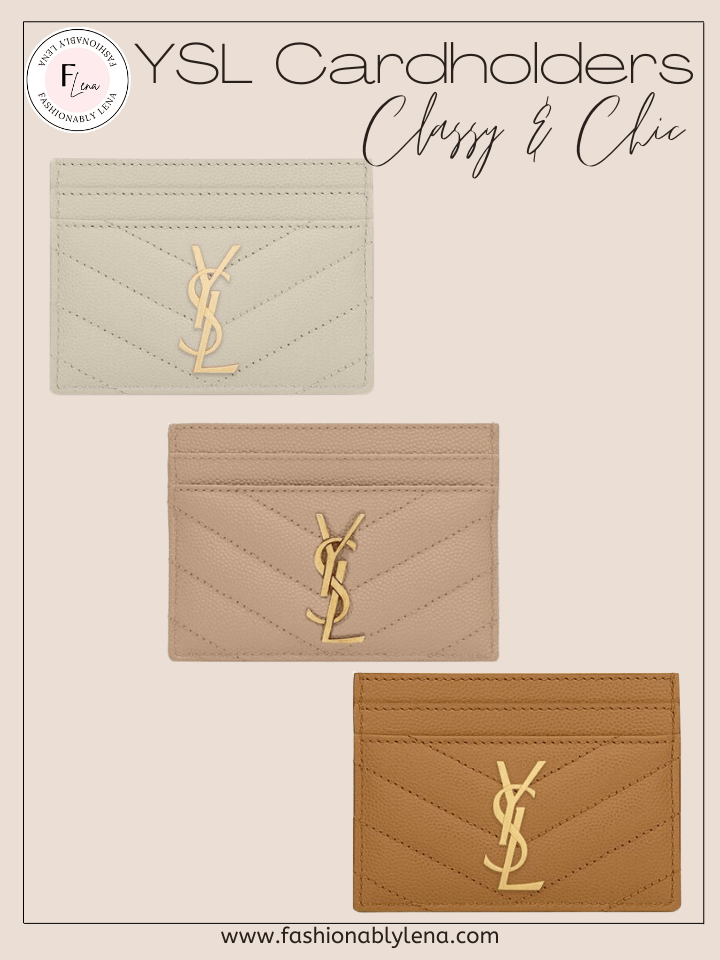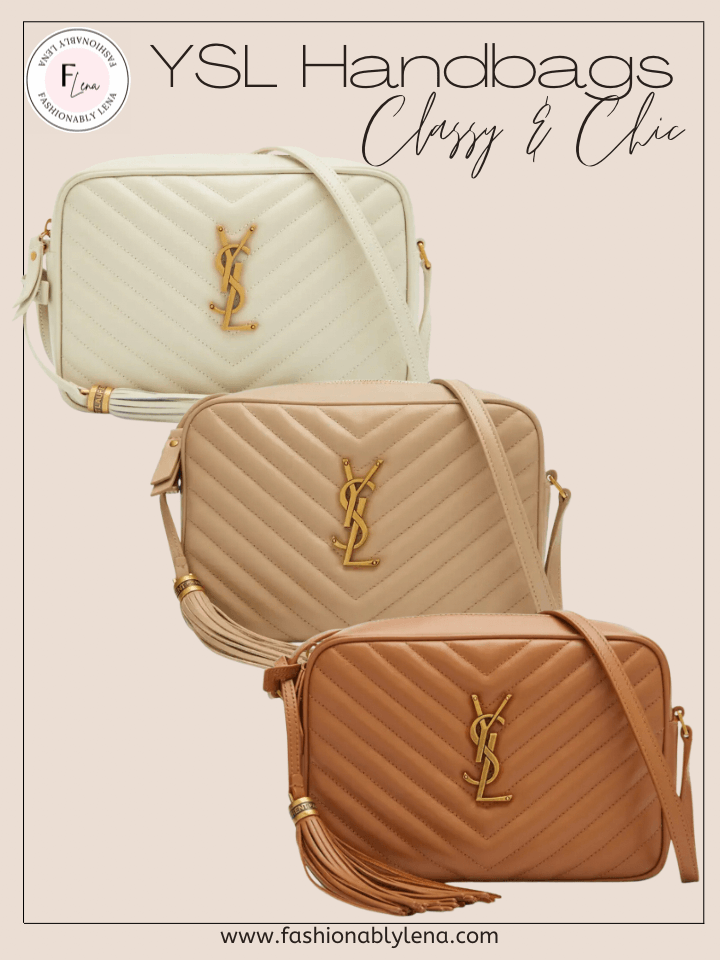Debunking the TikTok Scandal with Real Facts and Craftsmanship
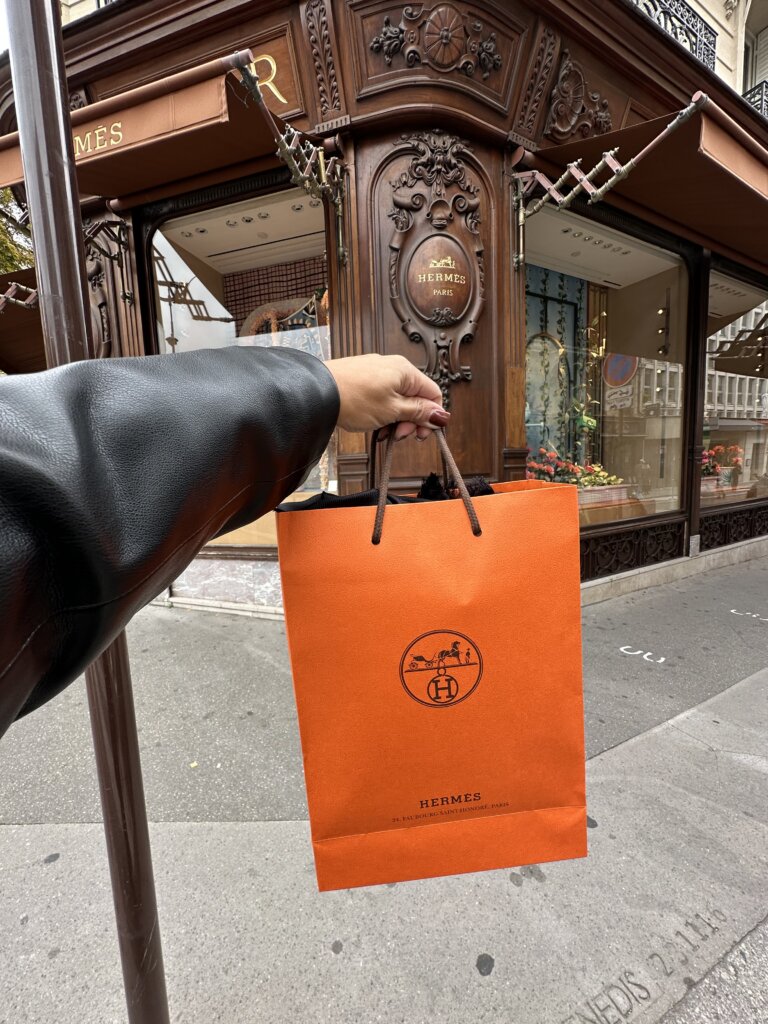
TikTok is at it again—and this time, the drama is Hermès-level. Yes, the Hermès. The house of legendary craftsmanship, the birthplace of the Birkin and Kelly, and the brand that has turned the concept of a waiting list into an Olympic sport. But now, thanks to one viral TikTok video, Hermès is caught in a swirl of scandal, and the internet is eating it up: Are Hermès bags made in China?
Oh, and according to the same video, a Birkin 30 in Togo leather is being sold by Hermès for $38,000 USD.
Let’s take a breath. And now let’s take this apart.

The TikTok Claim: China Manufacturing and a $38,000 Birkin?
One viral video alleged that Hermès leather goods, including the iconic Birkin, are manufactured in China. As if that weren’t eyebrow-raising enough, the user confidently claimed that a Birkin 30 in Togo leather retails for $38,000 USD.
Now, luxury lovers… we know that number doesn’t add up. Yes, Birkins can go for $38K—but not directly from Hermès. The typical retail price for a Birkin 30 in Togo leather is between $10,000–$12,000 USD, depending on the country and taxes.
So where is the $38,000 coming from? That’s resale territory—think: ultra-rare colors, exotic leathers, VIP access, and zero wait time. Personal shoppers, resellers, and platforms like Privé Porter and 1stDibs list new or pre-loved Birkins at these sky-high prices. But Hermès? Never.
And as for the “made in China” claim? That’s where things really go off the rails.
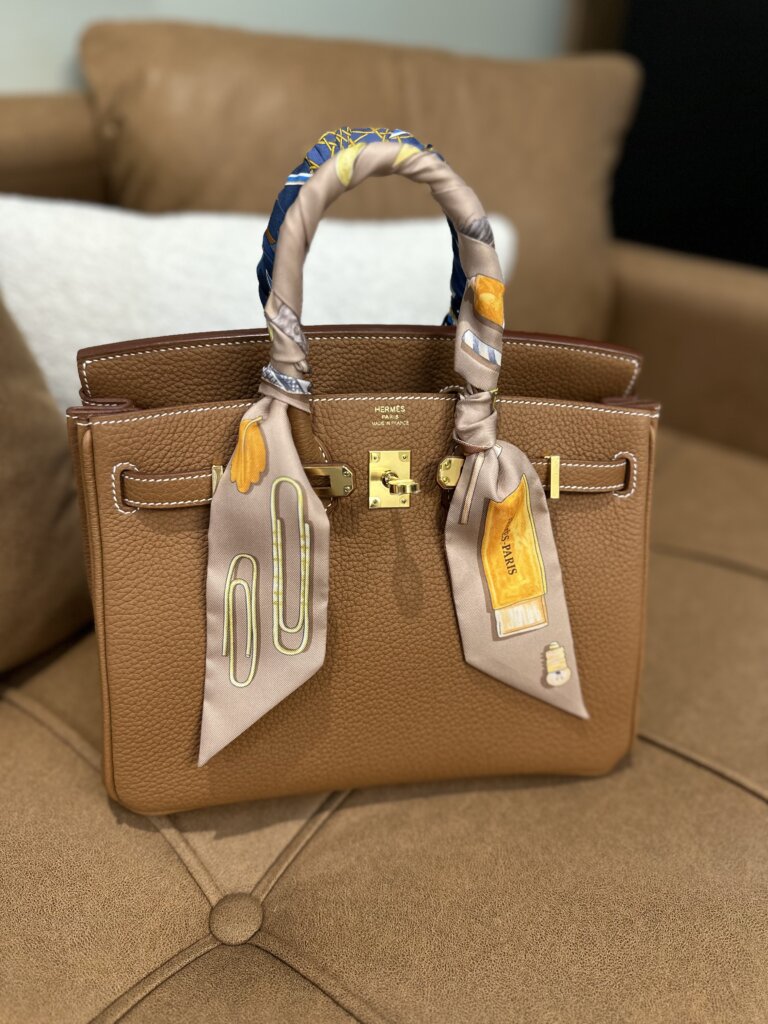
The Real Deal: Where Are Hermès Bags Made?
Let’s cut to the chase: Hermès bags are handmade in France. Always have been.
Each and every Birkin, Kelly, Constance, Lindy, and the rest of the bags are crafted in one of the brand’s dedicated leather ateliers, located in various regions across France, including:
- Pantin (just outside Paris)
- Fitilieu, Seloncourt, Montaigu, and Saint-Vincent-de-Paul
- Allenjoie, a newer facility designed to support growing global demand
These are not factories pumping out bags on an assembly line. These are workshops, and the person making your bag? One single artisan, trained for years, who constructs your Hermès piece from start to finish. No machines. No shortcuts. Just pure skill, patience, and a whole lot of pride.

The Art of Materials — Where Everything Comes From
Part of the Hermès magic isn’t just in how the bags are made, but in what they’re made of. Let’s break it down:
Leather:
Hermès sources the finest leathers from European tanneries—many of which they own or work with exclusively. Some of the most beloved types include:
- Togo and Clemence: durable calfskins from France and Switzerland
- Epsom: a lightweight, embossed leather ideal for structure
- Box Calf: known for its glossy finish and timeless elegance
- Exotics like crocodile, ostrich, and lizard: sourced ethically and CITES-certified, often from Hermès-owned farms
Only the most flawless sections of each hide make the cut. Imperfect pieces? Rejected.
Hardware:
Whether it’s gold-plated, palladium, or permabrass, Hermès hardware is sourced and produced in France. Even the tiny screws are custom-designed—not mass-produced parts.
Thread:
That signature saddle stitching? It’s done by hand using linen thread coated in beeswax, spun and dyed in France. The technique dates back to Hermès’ origins in saddlery and is virtually impossible to replicate by machine.
Zippers & Linings:
Zippers are typically sourced from Éclair, one of France’s premier zipper manufacturers. Interior linings—whether leather or textile—are chosen specifically for durability and harmony with the outer leather.

So Why the Confusion?
In an age of viral content, all it takes is one confident voice and a misleading statement to send the internet into a frenzy. While some luxury brands do outsource small components of production, Hermès has always kept its bags close to home—literally.
Could packaging or a ribbon be made outside France? Sure. But not the bag.
And certainly not a Birkin.
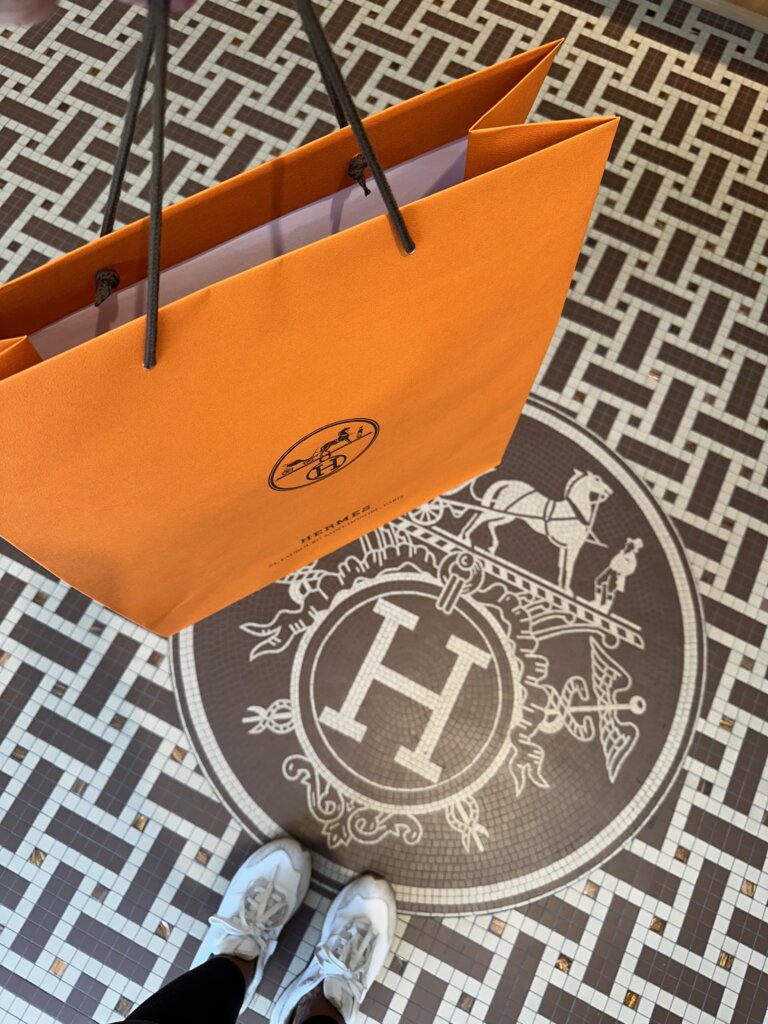
Final Word: Let’s Keep It Real (and Respect the Craft)
The idea that Hermès would move its core leather goods production to China is not just false—it’s completely off-brand. Hermès thrives on heritage, integrity, and artistry. They don’t advertise. They don’t mass-produce. They don’t follow trends—they set them.
So next time you see a TikTok scandal trying to dethrone the orange box, just remember: your Hermès bag wasn’t made. It was crafted.
Crafted in France.
By one artisan.
Using the finest materials on Earth.
And no TikTok myth can take that away.







